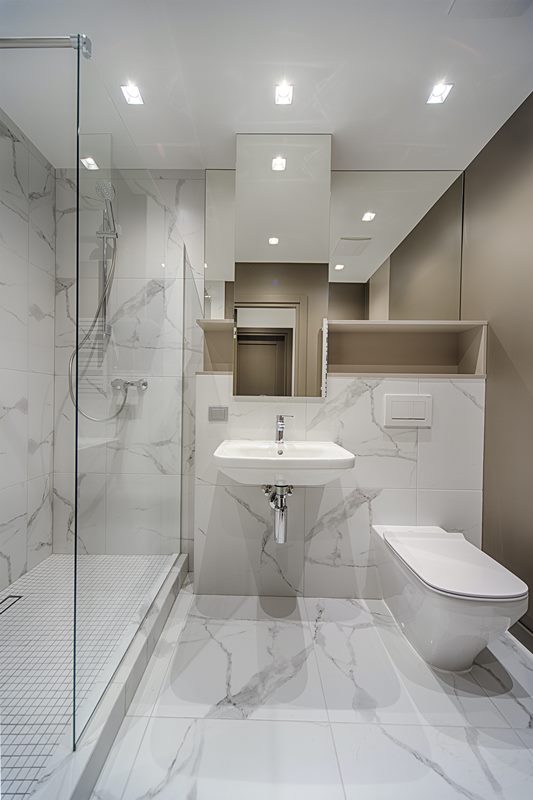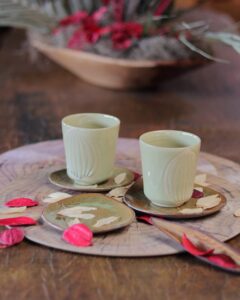The ceramic industry in the modern world is termed a fashion icon by most great home decor interior companies. Today, the ceramic industry is about $130 million, which will eventually grow to $ 220 million by 2028 according to research. The abrupt rise in its growth and demand is due to its use in home decor, fancy crockery, and most importantly tiles and stone work in the construction industry.
Where the construction industry which is about 8 trillion dollars of the global economy is the main reason for ceramic demand, Porcelain is covering all the market share for ceramics in the respective industry, from centuries it has become the most prized ceramic for all the global traders and construction related material manufacturers.
Introduction to Porcelain:
Porcelain is a type of material in the ceramic products category which is highly durable due to its long durable manufacturing process in which mixing and heating the product are viable processes. Clay, Flint, and Silica are the primary materials forming porcelain products. The exact formula of raw materials varies by manufacturer and type of application. The most common clay uses for the production of Porcelain made products is kaolin, white in color, and are fine hard particles that can be used for special manufacturing processes like firing at high temperatures.
Porcelain is a high-priced group member of the ceramics family, both high-temperature treated however the clay of porcelain has higher density and firing temperature capabilities up to 1260 Celcius, much higher than other ceramics. This enduring process makes its properties more durable than other materials like water resistance, and more solid to bear force in flooring options.
In the dishware industry “porcelain” and “china” are called the same material with identical properties, whereas ancient English manufacturers called it “bone china” having actual bones ashes. They use the ashes of bones for making them stronger and more competitive in the developing market of tableware in ancient Europe.
History of Porcelain:
Porcelain found and been manufactured with the special kaolin clay recipe in ancient China around 2000 years ago inTang Dynasty (618 to 907). The explorer Marco Polo introduced porcelain to Europe in the 14th century as a cowry shell.
But for centuries despite high demand in Europe, China became the main source of porcelain products as Europeans couldn’t crack the formula to build as good as Chinese traders. Also, the establishment of such a foundry was also challenging for them but then in the 18th century, an alchemist Johann Fridrich worked out the recipe for cracking such demanding material and founded Meissen Factory in Germany.
After ages, today’s modern shape ceramics and products technology led by Italy became the mother of advanced uses such as tile and fancy stone artwork in the construction industry. Thanks to porcelain, today in large sizes and in different marble-designed tiles have changed the way of visualizing the interior designing industry completely.
About Process to Form Porcelain Products:
Compressing the Raw Materials:
Raw Materials are firstly crushed to the desired size mostly up to 0.1 inches by hammer mills and moving steel hammers.
Cleaning and Blending:
The components are then passed through a series of magnetic filters to achieve more perfection in sizing with no. of vibrates to screen foreign and upsize particles.
Casting the Mold:
Casting in the mold is labeled as the most important pre-finalized step in ceramic manufacturing as desired shapes and “body” are formed with no. of the process (i.e. soft plastic forming, stiff plastic forming). The sizing and dimensions of prototype mold are salient parts of this process that require design, planning, and quality checks prior to performing the process.
Bisque-Firing:
It’s the firing of the formed body at relatively low temperatures to vaporize eruptive impurities and minimize shrinkage.
Glazing:
Glazing is an impervious layer or coating of a vitreous substance which applied to the body through firing and is ware to form the body for painting, making the surface waterproof.
Firing:
Firing is heating the body for the final stage and making it more durable than other ceramics, this process is performed in different stages by applying heat to each and every inch of the product gradually with steps ranging from 200C to 2150C and when desired density is achieved the ware gets cooled which led liquid glass to solidify forming a strong tie between the persist crystalline grains, forming the porcelain in the final shape.
Quality control of processes in designer product manufacturing is something that is necessary to prevent reworks, reprocessing, and economizing the raw material which exerts heavy cost in final per piece pricing.
Applications in Modern World:
Porcelain tends to play a more important role in the electronics, electrical, and dental industries, according to studies patents have been issued for electrical insulators and dental prostheses (for crowns).
From prized tableware porcelain products nowadays to more use in building interiors and exteriors in home decor industries available in sizes 1.6 x 3.2-meter dimensions and thicknesses varying from 3 to 30 mm.
The only con of porcelain is over-pricing compared to other ceramics materials also requires properly skilled labor to install construction equipment because cutting and placement of porcelain tile is done through proper flooring and precision tools.
Other than the pricing factor, it is recyclable in the waste material form which increases efficiency to industries, it’s durable, easy to clean, water-resistant, prone to moisture-based areas, and most importantly doesn’t release volatile organic compounds.






